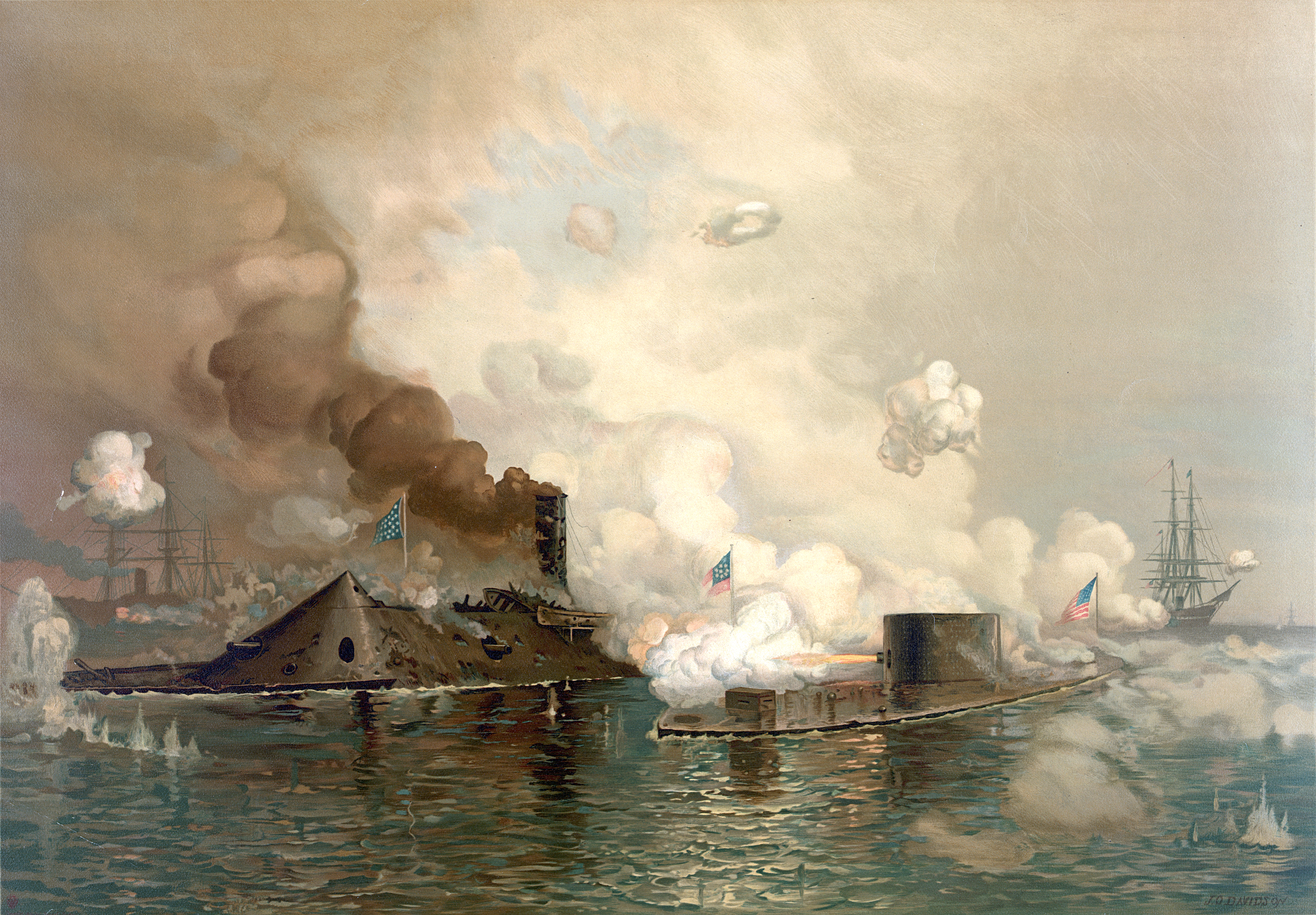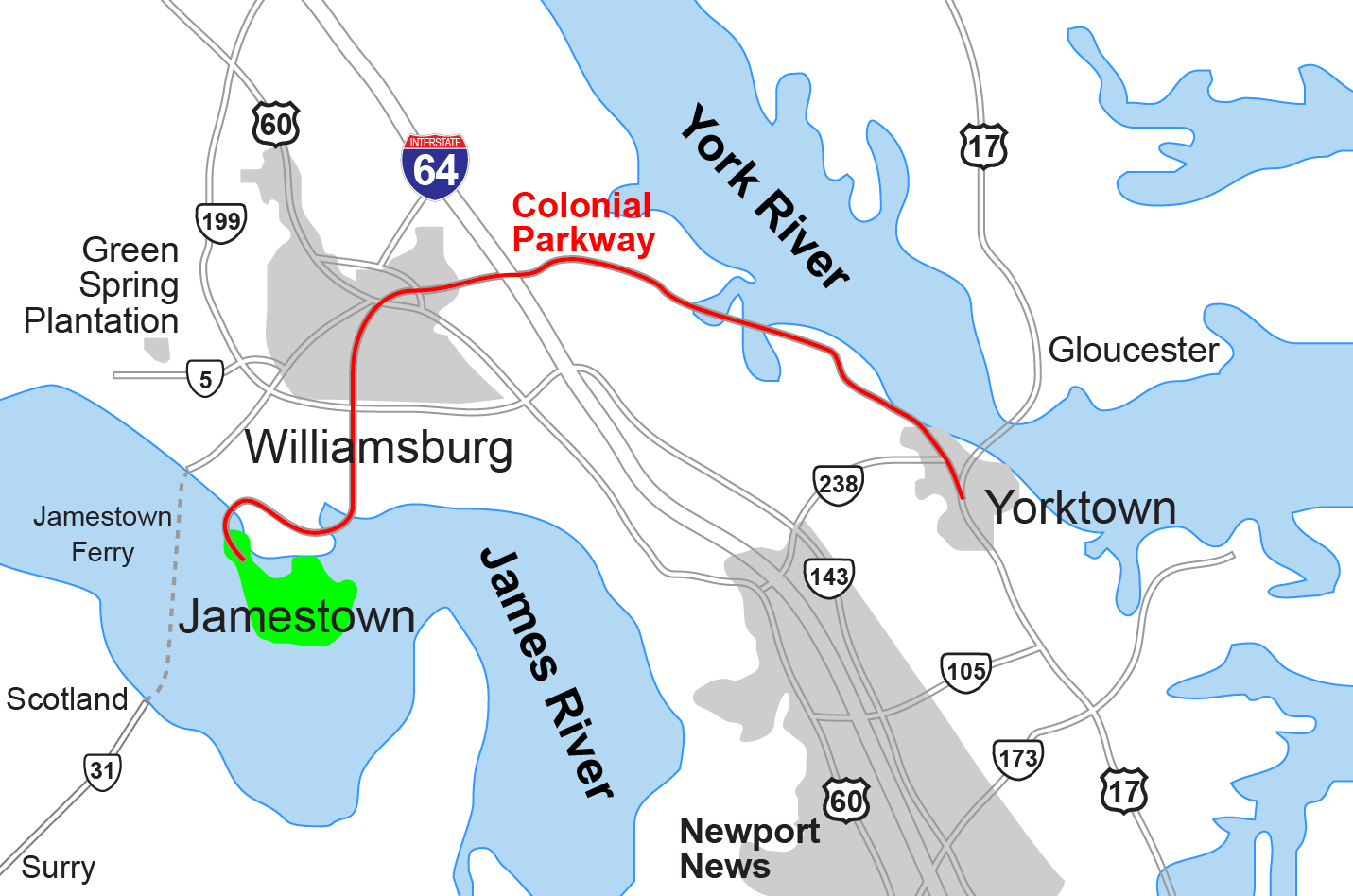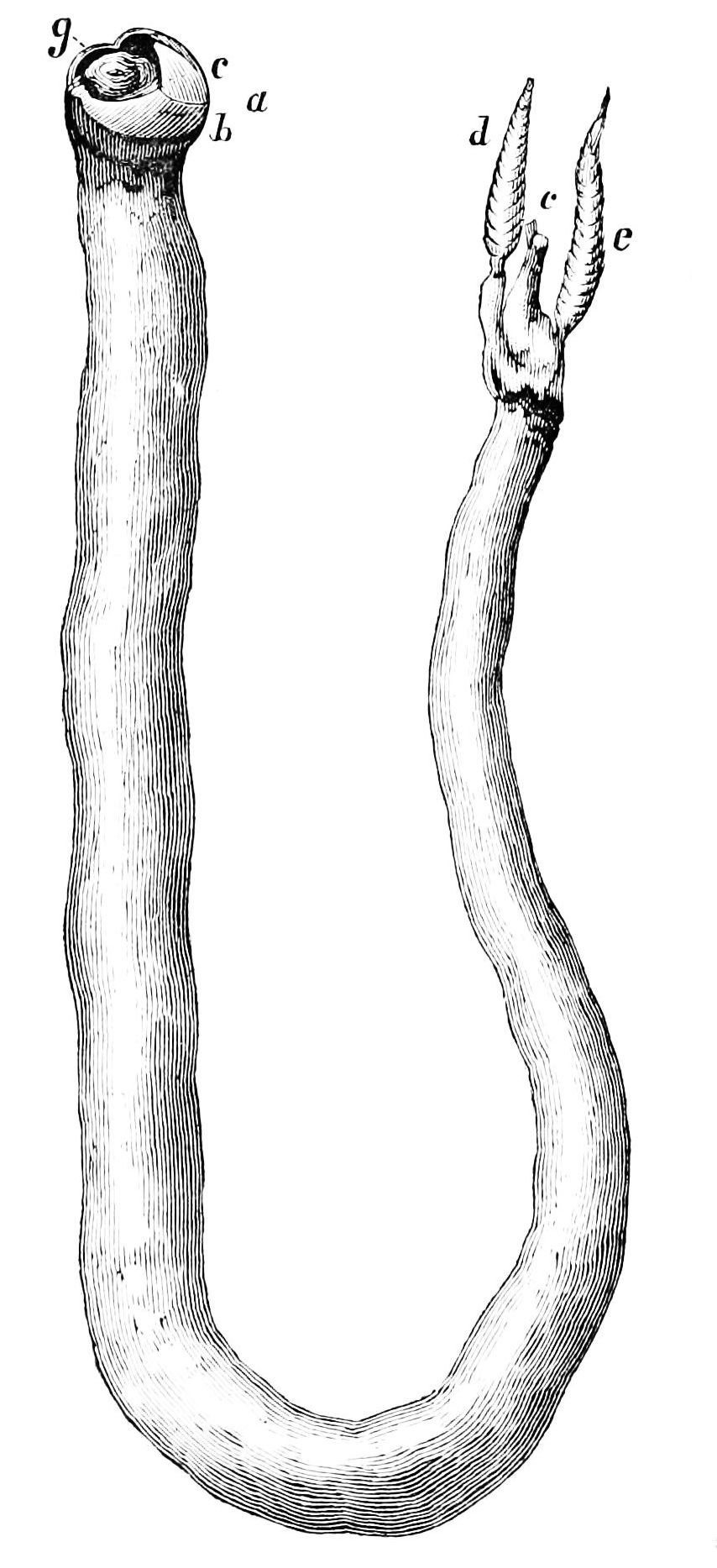|
CSS Columbia
CSS ''Columbia'' was an ironclad steamer ram in the Confederate States Navy and later in the United States Navy. As CSS ''Columbia'' ''Columbia'' was built at Charleston, South Carolina in 1864 to a design by John L. Porter. She was launched in March 1864 and entered service later in that year. When the Union forces took possession of Charleston on 18 February 1865, they found ''Columbia'' near Fort Moultrie; she had run on a sunken wreck and been damaged on 12 January 1865. The ironclad already had her cannon and some armor plating removed; ship-worms were already at work boring into her wooden hull. As USS ''Columbia'' She was raised on 26 April and was towed by to Hampton Roads, Virginia, where she arrived 25 May 1865. ''Columbia'' was drydocked on 5 June and repairs were begun, but on 15 June, she was decommissioned and placed in ordinary. Her hulk The Hulk is a superhero appearing in American comic books published by Marvel Comics. Created by writer Stan Lee and ar ... [...More Info...] [...Related Items...] OR: [Wikipedia] [Google] [Baidu] |
Ironclad
An ironclad is a steam engine, steam-propelled warship protected by Wrought iron, iron or steel iron armor, armor plates, constructed from 1859 to the early 1890s. The ironclad was developed as a result of the vulnerability of wooden warships to explosive or incendiary shell (projectile), shells. The first ironclad battleship, , was launched by the French Navy in November 1859 - narrowly pre-empting the British Royal Navy. They were first used in warfare in 1862 during the American Civil War, when ironclads operated against wooden ships and, in a historic confrontation, against each other at the Battle of Hampton Roads in Virginia. Their performance demonstrated that the ironclad had replaced the unarmored ship of the line as the most powerful warship afloat. City-class ironclad, Ironclad gunboats became very successful in the American Civil War. Ironclads were designed for several uses, including as high seas battleships, long-range cruisers, and Littoral (military), coast ... [...More Info...] [...Related Items...] OR: [Wikipedia] [Google] [Baidu] |
Virginia
Virginia, officially the Commonwealth of Virginia, is a state in the Mid-Atlantic and Southeastern regions of the United States, between the East Coast of the United States, Atlantic Coast and the Appalachian Mountains. The geography and climate of the Commonwealth (U.S. state), Commonwealth are shaped by the Blue Ridge Mountains and the Chesapeake Bay, which provide habitat for much of its flora and fauna. The capital of the Commonwealth is Richmond, Virginia, Richmond; Virginia Beach, Virginia, Virginia Beach is the most-populous city, and Fairfax County, Virginia, Fairfax County is the most-populous political subdivision. The Commonwealth's population was over 8.65million, with 36% of them living in the Baltimore–Washington metropolitan area. The area's history begins with Native American tribes in Virginia, several indigenous groups, including the Powhatan. In 1607, the London Company established the Colony of Virginia as the first permanent English overseas posse ... [...More Info...] [...Related Items...] OR: [Wikipedia] [Google] [Baidu] |
Shipwrecks Of The American Civil War
A shipwreck is the wreckage of a ship that is located either beached on land or sunken to the bottom of a body of water. Shipwrecking may be intentional or unintentional. Angela Croome reported in January 1999 that there were approximately three million shipwrecks worldwide (an estimate rapidly endorsed by UNESCO and other organizations). When a ship's crew has died or abandoned the ship, and the ship has remained adrift but unsunk, they are instead referred to as ghost ships. Types Historic wrecks are attractive to maritime archaeologists because they preserve historical information: for example, studying the wreck of revealed information about seafaring, warfare, and life in the 16th century. Military wrecks, caused by a skirmish at sea, are studied to find details about the historic event; they reveal much about the battle that occurred. Discoveries of treasure ships, often from the period of European colonisation, which sank in remote locations leaving few livi ... [...More Info...] [...Related Items...] OR: [Wikipedia] [Google] [Baidu] |
Captured Ships
{{disambiguation ...
Captured may refer to: * ''Captured'' (Journey album), 1981 * ''Captured'' (Rockwell album), 1985 * ''Captured'', a 1995 album by The Albion Band * ''Captured'' (Caroline's Spine album), 2007 * ''Captured'' (Christian Bautista album), 2008 * ''Captured'' (mixtape), a 2018 mixtape by Spice * '' Captured!'', a 1933 war film * ''Captured'' (1998 film), a 1998 thriller film * ''Captured'' (video game), a video game released in 1986 for the Commodore 64 * "Captured", a song by Heaven 17 See also *Capture (other) Capture may refer to: *Asteroid capture, a phenomenon in which an asteroid enters a stable orbit around another body *Capture, a software for lighting design, documentation and visualisation *"Capture" a song by Simon Townshend *Capture (band), an ... [...More Info...] [...Related Items...] OR: [Wikipedia] [Google] [Baidu] |
1864 Ships
Events January–March * January 13 – American songwriter Stephen Foster ("Oh! Susanna", "Old Folks at Home") dies aged 37 in New York City, leaving a scrap of paper reading "Dear friends and gentle hearts". His parlor song "Beautiful Dreamer" is published in March. * January 16 – Denmark rejects an Austrian-Prussian ultimatum to repeal the Danish Constitution, which says that Schleswig-Holstein is part of Denmark. * January 21 – New Zealand Wars: The Tauranga campaign begins. * February – John Wisden publishes '' The Cricketer's Almanack for the year 1864'' in England; it will go on to become the major annual cricket reference publication. * February 1 – Danish-Prussian War (Second Schleswig War): 57,000 Austrian and Prussian troops cross the Eider River into Denmark. * February 15 – Heineken brewery founded in Netherlands. * February 17 – American Civil War: The tiny Confederate hand-propelled submarine ''H. L. Hunley ... [...More Info...] [...Related Items...] OR: [Wikipedia] [Google] [Baidu] |
Ships Built In Charleston, South Carolina
A ship is a large watercraft that travels the world's oceans and other sufficiently deep waterways, carrying cargo or passengers, or in support of specialized missions, such as defense, research, and fishing. Ships are generally distinguished from boats, based on size, shape, load capacity, and purpose. Ships have supported exploration, trade, warfare, migration, colonization, and science. After the 15th century, new crops that had come from and to the Americas via the European seafarers significantly contributed to world population growth. Ship transport is responsible for the largest portion of world commerce. The word ''ship'' has meant, depending on the era and the context, either just a large vessel or specifically a ship-rigged sailing ship with three or more masts, each of which is square-rigged. As of 2016, there were more than 49,000 merchant ships, totaling almost 1.8 billion dead weight tons. Of these 28% were oil tankers, 43% were bulk carriers, a ... [...More Info...] [...Related Items...] OR: [Wikipedia] [Google] [Baidu] |
Ironclad Warships Of The Confederate States Navy
An ironclad is a steam engine, steam-propelled warship protected by Wrought iron, iron or steel iron armor, armor plates, constructed from 1859 to the early 1890s. The ironclad was developed as a result of the vulnerability of wooden warships to explosive or incendiary shell (projectile), shells. The first ironclad battleship, , was launched by the French Navy in November 1859 - narrowly pre-empting the British Royal Navy. They were first used in warfare in 1862 during the American Civil War, when ironclads operated against wooden ships and, in a historic confrontation, against each other at the Battle of Hampton Roads in Virginia. Their performance demonstrated that the ironclad had replaced the unarmored ship of the line as the most powerful warship afloat. City-class ironclad, Ironclad gunboats became very successful in the American Civil War. Ironclads were designed for several uses, including as high seas battleships, long-range cruisers, and Littoral (military), coast ... [...More Info...] [...Related Items...] OR: [Wikipedia] [Google] [Baidu] |
Hulk (ship)
A hulk is a ship that is afloat, but incapable of going to sea. Hulk may be used to describe a ship that has been launched but not completed, an abandoned wreck or shell, or to refer to an old ship that has had its rigging or internal equipment removed, retaining only its buoyant qualities. The word hulk also may be used as a verb: a ship is "hulked" to convert it to a hulk. The verb was also applied to crews of Royal Navy ships in dock, who were sent to the receiving ship for accommodation, or "hulked". Hulks have a variety of uses such as housing, prisons, salvage pontoons, gambling sites, naval training, or cargo storage. In the days of sail, many hulls served longer as hulks than they did as functional ships. Wooden ships were often hulked when the hull structure became too old and weak to withstand the stresses of sailing. More recently, ships have been hulked when they become obsolete or when they become uneconomical to operate. Sheer hulk A sheer hulk (or shear hulk) wa ... [...More Info...] [...Related Items...] OR: [Wikipedia] [Google] [Baidu] |
In Ordinary
''In ordinary'' is an English phrase with multiple meanings. In relation to the Royal Household, it indicates that a position is a permanent one. In naval matters, vessels "in ordinary" (from the 17th century) are those out of service for repair or maintenance, a meaning coming over time to cover a reserve fleet or "mothballed" ships. History of use The term arose from the development of three separate financial estimates for Royal Navy expenditure; the "Ordinary" estimate which covered routine expenses such as the maintenance of dockyards and naval establishments, the "Sea Service" estimate which supported ships and crew at or capable of going to sea, and the estimate for "Extraordinary Repair" which met the cost of major rebuilding or refit. A ship that was no longer required for active service, or was too decrepit to remain at sea, would be transferred from the Sea Service to the Ordinary estimate, and would be left "in Ordinary" until returned to duty or broken up. Ships cou ... [...More Info...] [...Related Items...] OR: [Wikipedia] [Google] [Baidu] |
Hampton Roads
Hampton Roads is the name of both a body of water in the United States that serves as a wide channel for the James River, James, Nansemond River, Nansemond and Elizabeth River (Virginia), Elizabeth rivers between Old Point Comfort and Sewell's Point where the Chesapeake Bay flows into the Atlantic Ocean, and the surrounding metropolitan region located in the southeastern Virginia and northeastern North Carolina portions of the Tidewater (region), Tidewater Region. Comprising the Virginia Beach–Norfolk–Newport News, VA–NC, metropolitan area and an extended combined statistical area that includes the Elizabeth City, North Carolina micropolitan area, Elizabeth City, North Carolina, micropolitan statistical area and Dare County, North Carolina, Kill Devil Hills, North Carolina, micropolitan statistical area, Hampton Roads is known for its large military presence, ice-free harbor, shipyards, coal piers, and miles of waterfront property and beaches, all of which contribute to th ... [...More Info...] [...Related Items...] OR: [Wikipedia] [Google] [Baidu] |
Confederate States Navy
The Confederate States Navy (CSN) was the naval branch of the Confederate States Armed Forces, established by an act of the Confederate States Congress on February 21, 1861. It was responsible for Confederate naval operations during the American Civil War against the United States's Union Navy. The three major tasks of the Confederate States Navy during its existence were the protection of Confederate harbors and coastlines from outside invasion, making the war costly for the United States by attacking its merchant ships worldwide, and running the U.S. blockade by drawing off Union ships in pursuit of Confederate commerce raiders and warships. It was ineffective in these tasks, as the coastal blockade by the United States Navy reduced trade by the South to 5 percent of its pre-war levels. Additionally, the control of inland rivers and coastal navigation by the US Navy forced the south to overload its limited railroads to the point of failure. The surrender of the in Liverpool ... [...More Info...] [...Related Items...] OR: [Wikipedia] [Google] [Baidu] |
Ship-worm
The shipworms are marine bivalve molluscs in the family Teredinidae: a group of saltwater clams with long, soft, naked bodies. They are notorious for boring into (and commonly eventually destroying) wood that is immersed in sea water, including such structures as wooden piers, docks and ships; they drill passages by means of a pair of very small shells (“valves”) borne at one end, with which they rasp their way through. Sometimes called "termites of the sea", they also are known as " Teredo worms" or simply Teredo (from grc, τερηδών, , translit=terēdṓn, lit=wood-worm via ). Carl Linnaeus assigned the common name '' Teredo'' to the best-known genus of shipworms in the 10th edition of his taxonomic ''magnum opus'', '' Systema Naturæ'' (1758). Description Removed from its burrow, the fully grown teredo ranges from several centimetres to about a metre in length, depending on the species. The body is cylindrical, slender, naked and superficially vermiform, meaning " ... [...More Info...] [...Related Items...] OR: [Wikipedia] [Google] [Baidu] |




.jpg)



